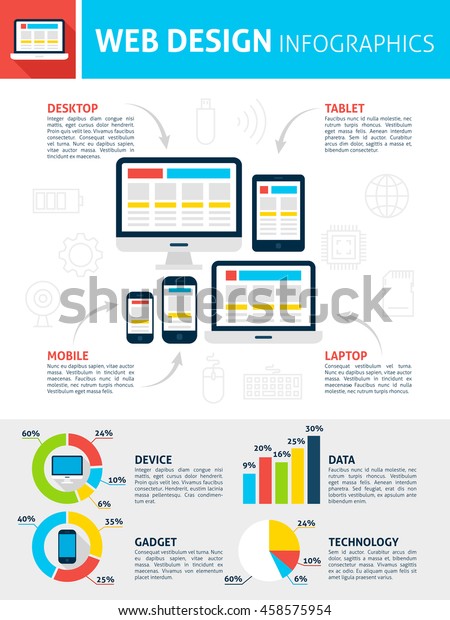Basic Elements Of Web Design: Standards For Developing A User-Centric Website
Basic Elements Of Web Design: Standards For Developing A User-Centric Website
Blog Article
Writer-Hall Ehlers
When it comes to web site style, ensuring user-friendliness is key. From receptive style to structured navigation, every aspect plays an important function in producing a website that accommodates your target market's demands. However what regarding the finer information that can make or break a customer's browsing experience? Remain tuned as continue reading this reveal some often-overlooked pointers that can elevate your web site's usability to the next level, making it truly attract attention in the electronic landscape.
Importance of Responsive Layout
Receptive style is a critical element of modern web site advancement. Guaranteeing your web site is responsive methods that it can adapt to different screen sizes and tools, providing a smooth experience for customers.
With the boosting use smart devices and tablets to access the internet, having a receptive design is essential for reaching a larger target market. It assists in enhancing user experience by making your web site very easy to browse and continue reading any type of gadget.
Additionally, responsive style can positively impact your online search engine rankings, as online search engine like Google focus on mobile-friendly web sites. By having a responsive design, you're also future-proofing your site, as brand-new devices with varying screen dimensions continue to emerge.
Simplify Navigation Structure
To enhance individual experience and assist in easy access to info on your web site, simplifying the navigating structure is critical. When developing your site, focus on developing a clear and instinctive navigation food selection that aids site visitors discover what they're looking for quickly.
Restriction the variety of menu things to the fundamentals, organizing relevant pages with each other to prevent frustrating users. Use detailed tags that plainly indicate the material of each page, making it less complicated for customers to comprehend where each link will take them.
Think about carrying out dropdown menus for subcategories to prevent cluttering the main navigating bar. Additionally, include a search bar plainly on the web page for customers that favor searching for particular information.
Focus on mobile responsiveness in your navigation style to make sure simple access on all tools.
Maximize Web Page Lots Speed
Improving page lots speed is crucial for retaining visitors on your web site. Slow-loading web pages irritate users and can result in high bounce prices. To enhance web page load rate, begin by optimizing images. Press photos without compromising quality to decrease their file dimensions.
In https://dallasyiqzi.aboutyoublog.com/33257071/crucial-actions-for-effective-web-site-development-an-in-depth-list , allow browser caching to store regularly accessed sources locally, accelerating tons times for returning visitors. Minify CSS, JavaScript, and HTML documents by getting rid of unneeded characters, remarks, and formatting, boosting load rate.
Take into consideration making use of a web content shipment network (CDN) to disperse your web site's web content across numerous servers worldwide, reducing latency for users accessing your site from various locations. Last but not least, limit making use of third-party manuscripts and plugins, as they can dramatically impact load times.
Conclusion
To conclude, by incorporating receptive design, simplifying navigating, and optimizing page load rate, you can produce an easy to use web site that interest a wider target market and boosts individual experience. These essential elements guarantee that site visitors can quickly accessibility and browse your website across different devices, bring about boosted involvement and complete satisfaction. By concentrating on these vital facets, you can construct an effective website that keeps users coming back for even more.
